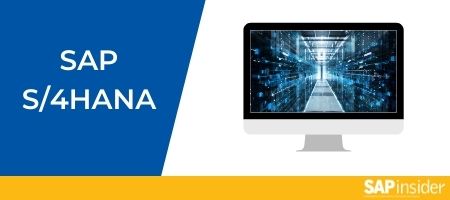The Road to S/4HANA
Key Takeaways
⇨ Run an agile, intelligent, and performance-optimized enterprise
⇨ Establishing a foundation for the future
⇨ Get in front of SAP's 2027 termination of mainstream maintenance for ERP 6.0
For SAP customers, one of the key motivations for migrating to the cloud is to run an agile, intelligent, and performance-optimized enterprise. Other key motivations are establishing a foundation for the future by embracing cloud technologies, and the looming 2027 deadline of SAP terminating mainstream maintenance for ERP 6.0.
SAP S/4HANA is a natural starting point for customers looking to move to the cloud as it provides businesses with real-time analytics, cloud-readiness, and integration. However, there are numerous factors that need to be considered even after the decision to move forward with S/4HANA has been made, as the journey requires thoughtful planning, execution, and monitoring.
There are a several approaches that can be used depending on whether a customer is adopting a SAAS to PAAS, to IAAS model. “You want to get educated in cloud costs because pricing and licensing vary greatly,” said Riz Ahmed, Chief Research Officer, SAPinsider.
“RISE with SAP addresses all aspects of transformation and with S/4HANA at its epicenter. S/4HANA is the most-important component of this enablement framework (enabled by RISE with SAP), and augmented by IaaS, PaaSand, and SaaS capabilities,” said Anurag Barua, Digital Transformation Leader at SAP America.
The process begins with an evaluation on the business processes readiness, identifying gaps and deciding whether to migrate or perform a fresh installation. “This stage speaks to technical activities like future requirements, a reediness check, and custom codeanalyses,” said Barua.
Functional readiness addresses specific business-related actives like business-partner migration/customer vender integration, period-end closing activities, and reconciliations. Creating the project plan addresses implementation strategy, timelines, budget, and required resources. System conversion activities mean that you’ll be functionally and technically on S/4HANA.
The outcome here is that the database will be converted to HANA, and on the application side, you’ll be on S/4HANA. “Finally, there are post-conversion activities like all the SAP Fiori-related configuration steps, custom code and output management,” said Barua. “But, do not underestimate the importance of rigorous testing and QA in order to ensure that you detect any potential problem areas early on,” Barua highlighted.








